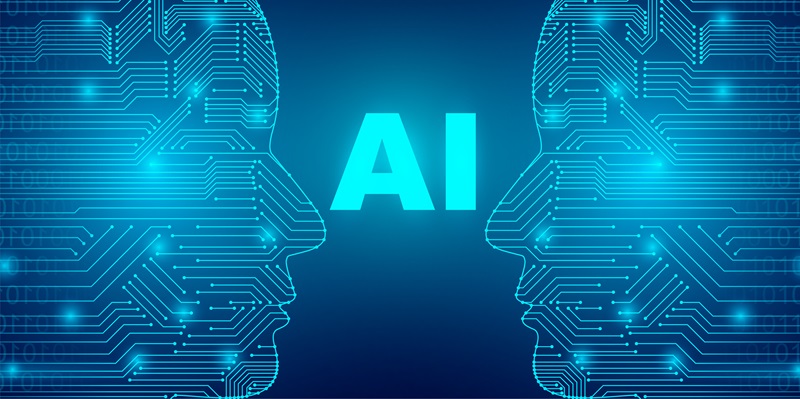Imagine a world where machines can interpret and understand visual data with the same accuracy and precision as the human eye, transforming sectors such as healthcare and autonomous vehicles. This is the promise of image recognition technology, a field that has seen significant advancements thanks to the development of sophisticated AI models. These models enable machines to locate, classify, and understand visual information with remarkable precision, providing essential functionality for many modern applications.
Introduction to Image Recognition
Image recognition is a revolutionary technology enabling machines to interpret visual data much like humans, playing a pivotal role in various modern industries. This technology relies heavily on deep learning, where algorithms are designed to analyze and learn from vast amounts of data. Through this process, machines gain the ability to recognize patterns, objects, and features within images, making it integral to applications in sectors such as healthcare, autonomous vehicles, and security.
Convolutional Neural Networks (CNNs)
At the core of modern image recognition technology are Convolutional Neural Networks (CNNs), which handle grid-like data, such as images, by breaking them down into smaller components like pixels. This allows CNNs to detect patterns, edges, colors, and shapes effectively. These abilities make CNNs highly proficient in applications like facial recognition and the navigation systems of self-driving vehicles. Notable innovations in CNN architecture, such as AlexNet, VGGNet, and Google’s Inception Network, have significantly improved image classification accuracy and computational efficiency, redefining the bounds of what machines can perceive and interpret.
ResNet
Residual Networks (ResNet) introduced a crucial advancement in deep learning by addressing the vanishing gradient problem, which hampers the training of deep networks. ResNet employs skip connections, allowing networks to bypass certain layers during training, thus preserving vital input information. This innovation enabled the development of deeper networks without a corresponding drop in performance. ResNet’s accuracy and reliability have made it a preferred choice in critical fields such as medical diagnostics and robotics, where precision and dependability are paramount.
YOLO
The YOLO model, standing for "You Only Look Once," has revolutionized real-time object detection by processing entire images in a single pass rather than sequential steps. YOLO’s approach involves dividing images into grids and predicting bounding boxes with associated confidence scores, facilitating the detection of multiple objects simultaneously in real time. This capability has made YOLO an ideal tool for applications in video surveillance, autonomous driving, and live sports analysis, where swift and accurate object detection is essential.
Vision Transformers (ViTs)
The latest forefront in image recognition models is represented by Vision Transformers (ViTs), which are based on the Transformer architecture initially developed for natural language processing (NLP). When trained on extensive datasets, ViTs have demonstrated an ability to surpass the performance of CNNs in image classification tasks. ViTs excel by capturing both local and global patterns within images, offering greater scalability and efficiency. This innovative approach signals a promising future direction for image recognition, suggesting that Vision Transformers will drive the next wave of advancements in the field.
Conclusion
Imagine a world where machines have the ability to interpret and understand visual data with the same accuracy and precision as the human eye. This technology holds the potential to revolutionize sectors like healthcare, where accurate image recognition can assist in early diagnosis and treatment, and autonomous vehicles, where it can enable safer and more reliable navigation. The progress made in image recognition technology is primarily due to advancements in sophisticated AI models that allow machines to locate, classify, and comprehend visual information with remarkable precision. These cutting-edge AI models are designed to mimic human visual perception, processing vast amounts of data to identify patterns and make accurate decisions. As a result, image recognition technology is now an essential component of many modern applications, providing critical functionality and enhancing the capabilities of various industries. By integrating advanced AI, we are pushing the boundaries of what machines can achieve, paving the way for future innovations that will further transform our lives and society.

